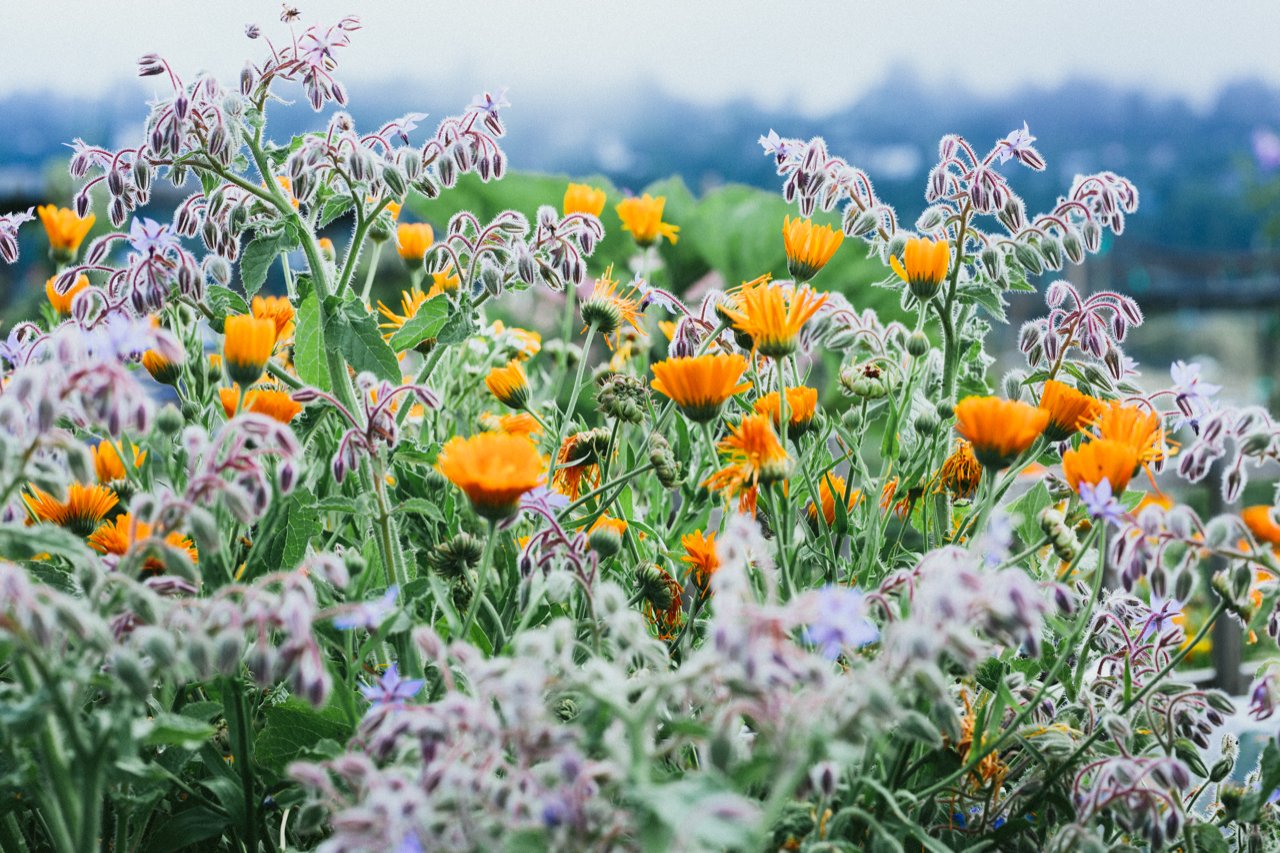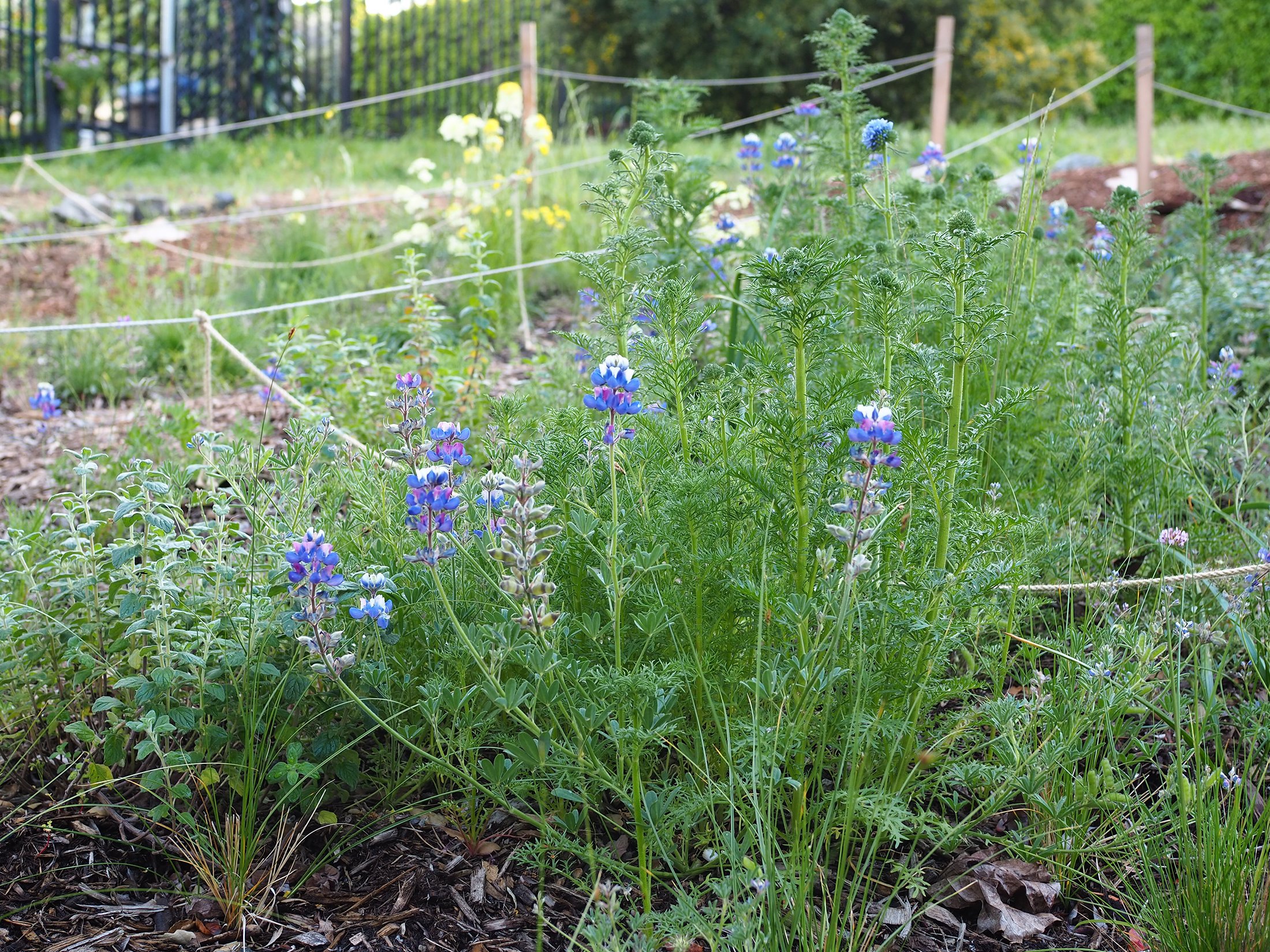

Contributor
- Topics: Archive, Plants You Need
 The following lively excerpts are taken from Gardening for the Homebrewer, Grow and Process Plants for Making Beer, Wine, Gruit, Cider, Perry, and More, by Wendy Tweten and Debbie Teashon. Published by Voyageur Press, 2015. Used by permission of the publisher. All rights reserved.
The following lively excerpts are taken from Gardening for the Homebrewer, Grow and Process Plants for Making Beer, Wine, Gruit, Cider, Perry, and More, by Wendy Tweten and Debbie Teashon. Published by Voyageur Press, 2015. Used by permission of the publisher. All rights reserved.
Getting to Know Perry
Pity the poor pear. It gets no respect. Even our lexicon is against it. A pear a day will not keep medical professionals at bay. You will never travel to the “Big Pear” and make it there. Did you upset the pear cart? Find someone who cares. Sadly, there’s just no denying that the pear is the apple of no one’s eye. So let’s give fermented pear juice the dignity of its rightful name: perry, and celebrate this sadly slighted fruit and the alcohol derived from it. How do you like them pears?
Perhaps the easiest way to categorize perry is by considering what it’s not. It’s not wine, although pears do make a fine wine. It’s also not hard cider; cider is made primarily of apples and tends to have a more robust, earthier flavor. So why all the confusion between cider and perry? It’s a matter of marketing. Rather than introduce Americans and young consumers
to the unfamiliar (though ancient) moniker “perry,” architects of euphemism have determined that the beverage would go down smoother as “pear cider.”
Owing to the low acidity of pears, perry tends to be sweeter, smoother, and more delicate than cider. While it’s true that the addition of pear juice can mellow and refine any hard cider, this does not make it perry. Furthermore, true perry does not come from the branches of a ‘Bartlett’ or ‘Bosc’. It is the product of one hundred percent high-tannic and ofttimes ancient European perry pears.

Pears for Perry
There’s no getting around it: superior perry is derived from fruit you’d never want to sink your teeth into. Perry pears tend to be small, hard, gritty, and bitter. For purposes of fermenting they are classified as sweet, medium sharp, bittersweet, and bittersharp. Bittersharp pears have high acidity and high tannin content and are especially useful for single-variety perry.
That’s part of the good news about perry: unlike with cider apples which are often mixed and balanced with others of their kind, only a single variety of pear need be used. This means that one prudently purchased and productive perry tree will provide what you need for an outstanding beverage. The bad news is that you’ll need a second pear tree within 40 feet for cross-pollination. But there’s more good news; the second tree can be a dessert or even a late-blooming Asian pear. Perry trees are good pollinizers.
In consequence of their antiquity (many of today’s perry varieties grew in English orchards 300 years ago), some perry pears bear curious names. Consider the ‘Huncap’ which will blow your hat right off your head—due to quality or potency, who knows? We hope the name ‘Tayton Squash’ is a testament to the soft nature of ripe pears, not a forewarning of the fermented flavor. Perhaps ‘Green Horse’ is akin to pink elephants? And then there’s ‘Butt’—let’s not even speculate.

A traditional and excellent perry is actually more achievable by you, the homeowner with one good perry tree, than it is for corporations whose drinks are derived primarily from general-purpose pears or a mix of pear and apple. From harvest to table, a well-made batch of perry can take 10 months. Is it worth the wait? Just ask Napoleon, a perry connoisseur who once crowned the beverage “the champagne of Britain.” “Oui, oui!” he would say, if he were alive. Perry requires a little study and a lot of attention to detail. That said, perry-making isn’t complicated. A bit of effort and you too will understand why wealthy landowners of yesteryear gave cider to the hired help and saved the perry for themselves.
Perry trees can be purchased through mail-order nurseries. Or, if you’re willing to turn your hand to grafting, the National Clonal Germplasm Repository in Corvallis, Oregon supplies scionwood of hard-to-find heritage fruit trees – including perry pears – to interested individuals.
The Other Beer Ingredients
Brewing Herbs and Fermentables
One of the many benefits of brewing your own beer is that you can make much more unique recipes than most commercial breweries. Jalepeño beer? Go for it. Cucumber lager? Why not? Gruit ale? Sign me up. Kale ale? Let’s not go crazy. Still, for a passionate brewer, beer can be so much more than hops and barley. Herbs, fruits, seeds, vegetables, and trees whether grown or gathered add entirely new dimensions to homebrew.
Ancient brew masters knew this well. For much of the estimated 12,000-year history of beer—ever since humans began to collect and soak cereal crops—beer was made from a wide selection of botanical ingredients. The recipes seem to have been limited only by season, region, and blatant toxicity. In this chapter, you’ll find everything from the classic brewing herbs to citrus fruits, many of which can easily be grown out back or on the balcony.
Getting Into Gruit
Before hops became part of the standard ingredients list for brewing beer, gruit (also spelled grut or gruyt) was a common style of ale. The word may sound strange, but like many brewing terms it actually originated in Germany: Gruitbier translates roughly to “herb beer” and is pronounced groot beer.
Gruit has many variations and interpretations, as the term describes any beer that uses a combination of herb ingredients for bittering and flavoring beer. Historically, these recipes were often closely guarded secrets, but common herbs included sweet gale (Myrica gale), marsh rosemary (Rhododendron tomentosum), heather (Calluna vulgaris), ground ivy (Glechoma hederacea), horehound (Marrubium vulgare), yarrow (Achillea millefolium), juniper (Juniperus), or lavender (Lavandula) in a variety of ways.
The literature of those times spoke about the extreme inebriating qualities when these herbs fermented. Today’s cautions include watching the amount you drink, as some of these ingredients make the beer more intoxicating. If you don’t want to be an excited, wide-awake drunk—easy does it. Some gruit beers can excite you as they inebriate you (whereas hops behave more like a sedative).

Gruit Plants
If making medieval-style beer intrigues you enough to want to grow and brew an herb or three, the good news is that most of them grow with ease in a wide variety of gardens. Provided there is enough sunshine on the space, even an apartment balcony garden using large pots can grow many of the herbs you need to brew a batch of Gruitbier.
Heather (Calluna vulgaris)
In the nineteenth century, Robert Louis Stevenson wrote a poem about the Scottish version of the legend of heather ale. It’s a gruesome tale of a battle set in pre-Roman times, where a Pict (thought to be pre-Celtic people) gave up his life and that of his son, rather than reveal the secret of a heather ale recipe to the Scots. As many legends go, the truth is bent, or stretched beyond repair. There was no genocide of the Picts; many of their descendants live in parts of Scotland today.
The Irish have their own version of the legend, only the last man was a Viking in the last clash with the Irish. Rather than give up the recipe for bheóir Lochlannach (which translates as Viking beer), the Viking chooses death. Still, even without the recipe, Viking beer most likely was a heather-flavored mead or cider. The idea of brewing a tasty, legendary ale is intriguing. With many heather ale recipes readily available, you won’t need to threaten anyone for a secret one!
If you wish to grow Calluna vulgaris for such a purpose, a dozen or more plants will be necessary to harvest enough for your brew. It takes up to 3 quarts of fresh-picked flowering heather tips for a 5-gallon batch of beer. Fortunately, the plants are small enough that you can easily grow many of them in your garden.
Share:
Social Media
Garden Futurist Podcast
Most Popular
Videos
Topics
Related Posts

January Showers Bring February flowers…
Fall 2022 It may not quite have the same ring to it as the old English proverb, but it has a lot more truth to

Healing Gardens
Spring 2022 Emily Murphy believes gardens hold the key to saving our health, our communities, and our planet. In her new book Grow Now Murphy

Your Keystone Plant Matrix with Garden Futurist Doug Tallamy
Spring 2022 Listen to the full Garden Futurist: Episode XIV podcast here. If you take Keystone plants out of your local food web, the food

A Botanical Force
Listening to Alice Doyle recount the origin stories of Log House Plants’ most popular introductions, educational campaigns, and innovative collections is a great way to









Responses